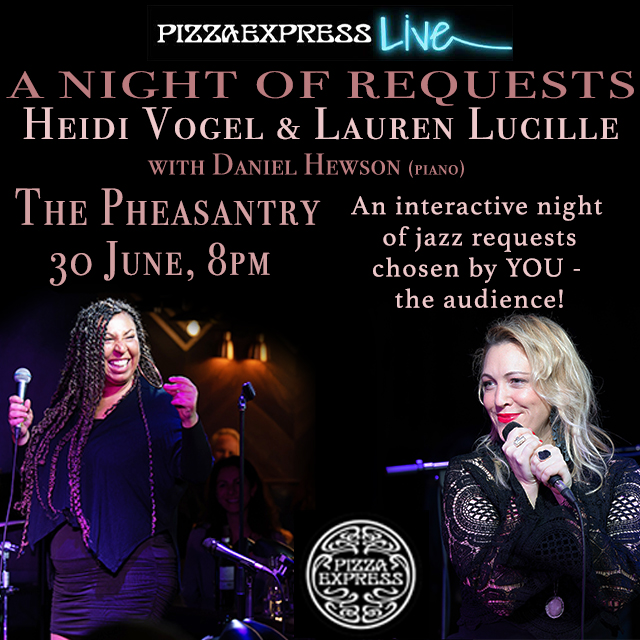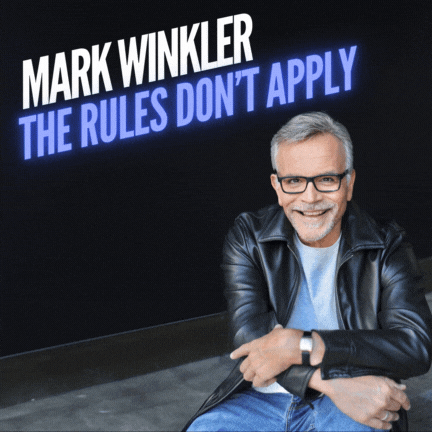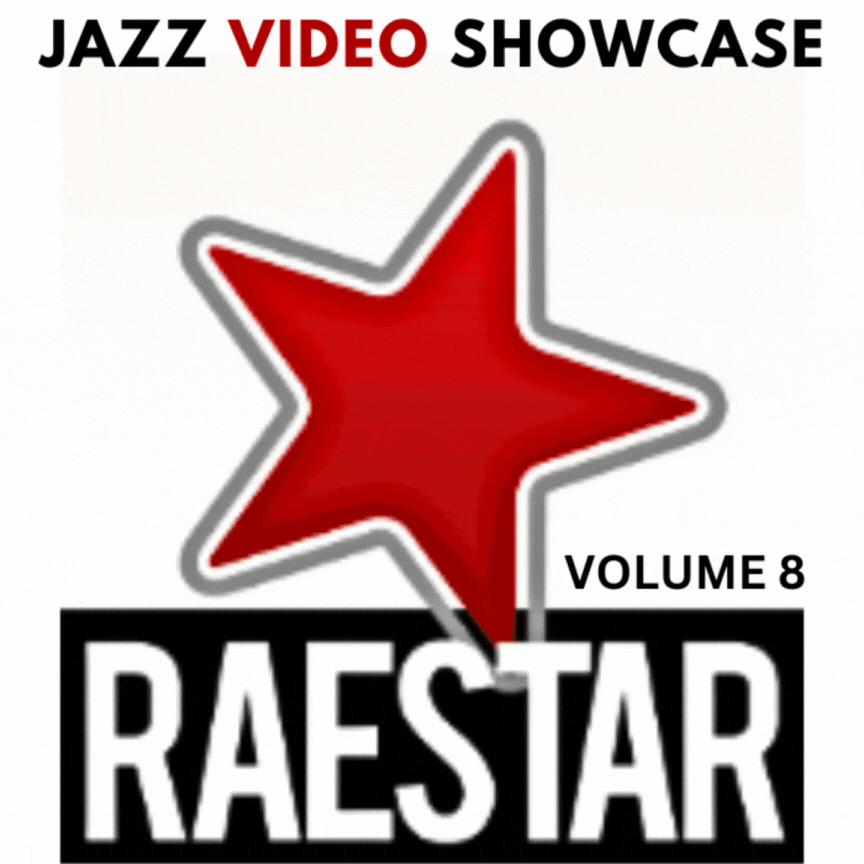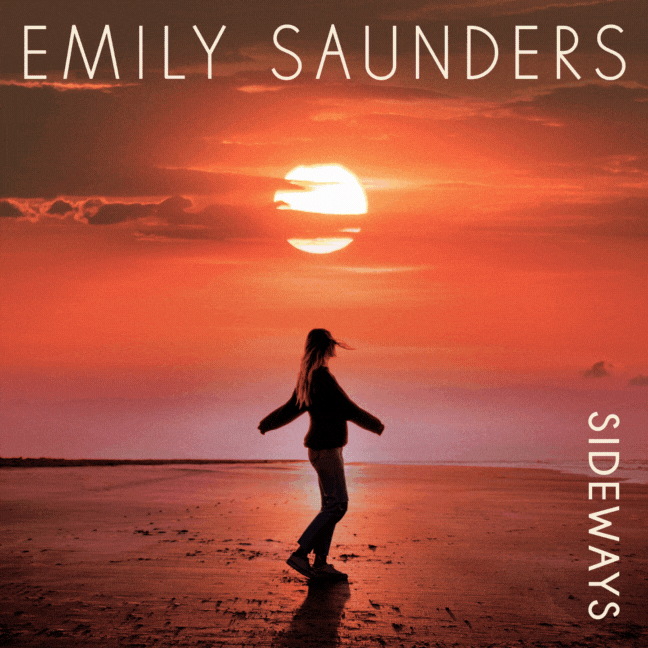
Photo credit John Watson /(c) jazzcamera.co.uk
The news of saxophonist David Sanborn’s death on 12 May 2024 at the age of 78 left many in the music world in sadness and in shock. He had spent much of his life battling illness. Whether it was the serious polio infection he fought in his childhood and beyond, or his lengthy struggle with prostate cancer at the end of his life, Sanborn was clearly a warrior at heart. Interestingly, his doctor recommended that he take up a wind instrument as a sort of therapy to treat some of the internal paralysis he had suffered from contracting polio at such a young age. He chose the saxophone, and the rest is history.
Since hearing the sad news, I have been revisiting his music hoping the right words for a tribute would emerge. Doing so put into perspective how much of my playing was formed by listening to his music from a very young age. Rather than try to tell his life story as so many others have done already, and much better than I ever could, I decided that the most meaningful way to honour his legacy was by highlighting ten tracks, involving him as either a leader or sideman, that had the biggest impact on me as a saxophonist and a lover of music.
Because he worked for so long in jazz, blues, R&B, soul, rock, and pop, another of his many fans would probably make ten completely different selections. Many of my selections are not necessarily the most popular or commercially successful tracks he recorded. I instead aimed to form a brief overview of his career, particularly his work in jazz, and maybe even introduce some new tracks to our many readers already familiar with him…
1. “Tuesday Heartbreak” from Stevie Wonder’s Talking Book (1972)
Sanborn had just gotten home from partying with the Rolling Stones when he got called in by producer Robert Margouleff to record a sax part for Stevie Wonder’s new song “Tuesday Heartbreak”. Arriving in the studio tired and hungover, he listened to the track and played some ideas, not noticing that he was being recorded. Wonder liked what he played at that moment so much, he ignored the saxophonist’s pleas for a second take! I imagine an alternative scenario where Sanborn was granted another crack at it in which he would have been more sparing with his ideas. But the best thing about this track, at least to me, is that he was allowed to more or less blow through the whole thing. So, though Wonder’s decision always seemed to bother him, I am glad his preliminary run-through was left in for the final product.
Not yet a subscriber of our Wednesday Breakfast Headlines?
Join the mailing list for a weekly roundup of Jazz News.
2. “Angel” from The Gil Evans Orchestra Plays the Music of Jimi Hendrix (1974)
Though I am, not everyone is a fan of the very different path Gil Evans took in 1974 with The Gil Evans Orchestra Plays The Music of Jimi Hendrix. Personal taste aside, it is almost universally agreed that featuring David Sanborn on the opening track “Angel” was a stroke of genius. The arranger had an affinity for the saxophone as a solo voice on his records (Wayne Shorter on The Individualism of Gil Evans, Cannonball Adderley on New Bottle Old Wine, etc.), and whether featuring Sanborn was his choice or down to the arranger of this particular track Tom Malone, it ended up injecting the soul that an album of Jimi Hendrix music must have, and which this one would otherwise probably have lacked.
3. “Rocks” from The Brecker Brothers’ Brecker Bros. (1975)
Michael Brecker set a new standard for tenor sax players in the post-Coltrane era, and I think it is fair to say that David Sanborn had a similar influence on the development of the alto sax. The time they spent playing in horn sections together during the seventies, most importantly in the Brecker Brothers, led them to influence one another. Whenever Sanborn was asked about any influence he may have had on Brecker, he would dismiss the notion. He was far too humble to acknowledge that Brecker learned from his playing a most valuable lesson. Guitarist Steve Kahn says it best in this extract from Bill Milkoski’s Ode to a Tenor Titan: The Life and Times and Music of Michael Brecker:
Mike and Sanborn used to drive each other crazy with their playing. Mike had everything Sanborn would give his soul to have in terms of sheer facility, and yet Mike would look at Sanborn and say, “This guy plays two fucking notes, and they’re not only equal to the ten thousand I just played, they’re actually touching people in a way that is ridiculous”
That quote adds some humorous context to the supercharged trading between the two saxophonists on this Brecker Brothers track.
4. “Time Passed Autumn, Part III” from Claus Ogerman’s Gate of Dreams (1977)
Gate of Dreams is yet another record featuring Sanborn and Brecker. It does not receive much discussion, probably because it is vastly overshadowed by Ogerman’s 1982 album with Brecker, Cityscape, but it does still have its moments. Sanborn’s entrance halfway through this track is the highlight for me. Coming out of Joe Sample’s keyboard solo, the sheer attack he brings could not be mistaken for anyone else. A couple of the lines are also pretty harmonically out there for him.
5. “Hideaway” from Straight to the Heart (1984)
To me, this is Sanborn’s finest solo. The tune, his original composition, and the dynamically melodic soloing blend so seamlessly that it is hard to distinguish between what is written material and what is improvised. It is the perfect opening track to what is, in my opinion, his most compelling recording as a leader. Featuring Marcus Miller on bass, Don Grolnick on keyboards, Hiram Bullock on guitar, and Buddy Williams on drums, it has provided me endless inspiration as long as I have been playing the sax.
6. “You Don’t Know Me” from Double Vision with Bob James (1986)
Seeing Ray Charles and his band in concert, particularly with saxophonists Hank Crawford and David “Fat Head” Newman, inspired Sanborn to take up the sax as a boy. It is no surprise, therefore, that many of the songs made famous by the singer are spread throughout his discography. “You Don’t Know Me” is a perfect example, appearing on his Grammy Award-winning 1986 album with Bob James, Double Vision. The song’s country & western roots are well disguised by the eighties synths and high production level, but its message of heartbreak carries through. Sanborn somehow conveys it without any lyrics, giving what must be one of his most emotional and highly soulful recorded performances.
7. “Hannibal” with Miles Davis, live on Night Music (1989)
An often-forgotten chapter in Sanborn’s career saw him and Jools Holland present a quirky jazz-themed variety show called Night Music that had a short run in the late eighties. My favourite moment to come out of it was this ferocious sax battle (starting around 4:00) with Sanborn and a young Kenny Garrett, who was there with the Miles Davis band. Here is a testament to the modern lineage of the alto saxophone… the missing link being Dick Oatts, who sounded very Sanborn-ish when he was younger. Garrett in turn picked up that influence from Oatts during their time together in the Mel Lewis Jazz Orchestra. While Sanborn’s influence on him is well-masked – he had found his own voice by this point – he seems to manifest it in this clip.
8. “Ramblin’” from Upfront (1992)
Ornette Coleman was a seldom-mentioned influence on Sanborn, though he would certainly have studied some of his stylings in lessons with Roscoe Mitchell and Julius Hemphill. This funked-up version of “Ramblin’”, though worlds apart from the original recording, retains enough of Coleman’s free spirit to where I can almost imagine him playing over it with Prime Time (probably very differently from how Sanborn does). Bassist Marcus Miller probably deserves the credit for the arrangement, just as he does for many of Sanborn’s early recordings. But the saxophonist’s solo here stands out to me for how incredibly musical it is. The motivic development and sheer funk remind me a lot of Maceo Parker, while remaining quintessentially Sanborn.
9. “That’s What You Think” from Mike Stern’s Give and Take (1997)
Many have unfairly pigeonholed Sanborn – probably out of ignorance – as a ‘smooth jazz’ saxophonist. Anyone who feels that way needs to have a good listen to his burning solo on this Mike Stern blues. He blisters his way through intricate lines that, while bluesy, are far from characteristic of any ‘smooth jazz’ musician I have ever heard. Not to mention that he is totally locked in with Jack DeJohnette’s swinging ride cymbal every step along the way.
10. “St. Louis Blues” from Here & Gone (2008)
I am fairly certain that this version of “St. Louis Blues” was Sanborn’s way of paying homage to his hometown, the mentorship he received from Gil Evans, and the influence of Cannonball Adderley on his playing. The orchestration, adapted from Evans’ 1958 arrangement featuring Adderley, is likely the handiwork of Gil Goldstein. He, like Sanborn, spent many years playing in the Gil Evans Orchestra and does credit to his mentor here. Though covering such an iconic recording was a bold choice, Sanborn successfully navigates around what could easily have become an imitation. He remains tasteful, only channelling the appropriate levels of Adderley’s bluesy spirit and massive sound. Trumpeter Wallace Roney also deserves a mention for the short but impactful solo he plays toward the end of the track.
I have listed below a couple of David Sanborn obituaries:
• Bill Milkowski: A Fond Reminiscence of David Sanborn
Charlie Rees is an English saxophonist, composer & arranger. He is also the Assistant Editor of UKJN
Categories: 10 Tracks I Can't Do Without, Features/Interviews, Obituaries











Great selection. RIP David, and kudos to that polio doctor.
Thanks so much, Charlie, for putting such a well chosen selection of Sanborn riffs together. My first encounters with Sanborn’s music came in the early 80s with the smooth-jazz/’quiet storm’ albums, As We Speak and Backstreet. I was struck by the sheer bluesiness of them and of course by the solid anchoring in Marcus Miller’s electric bass. We’ve lost a remarkable, thoughtful and humble servant of music over the last few weeks but someone whose music will be making us happy for a long time to come. Amen!